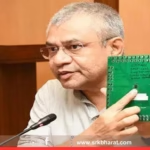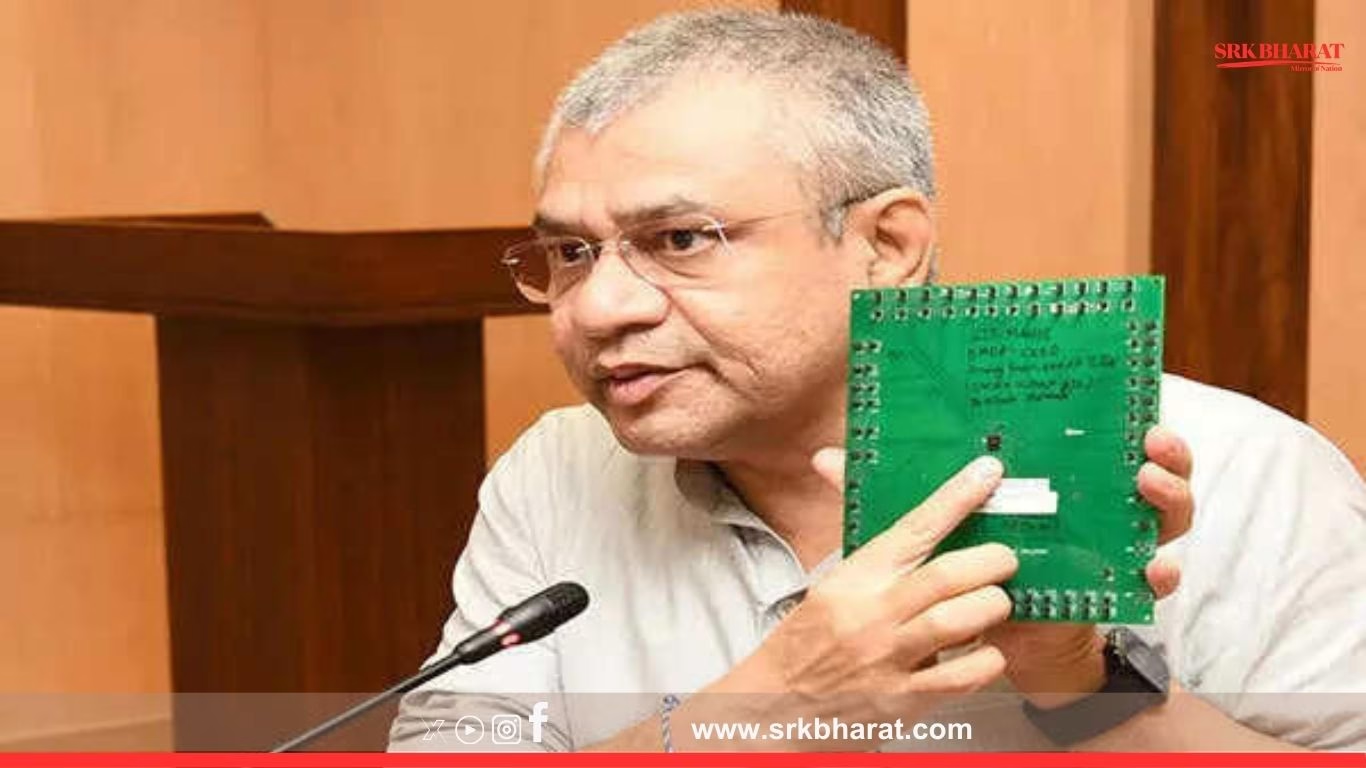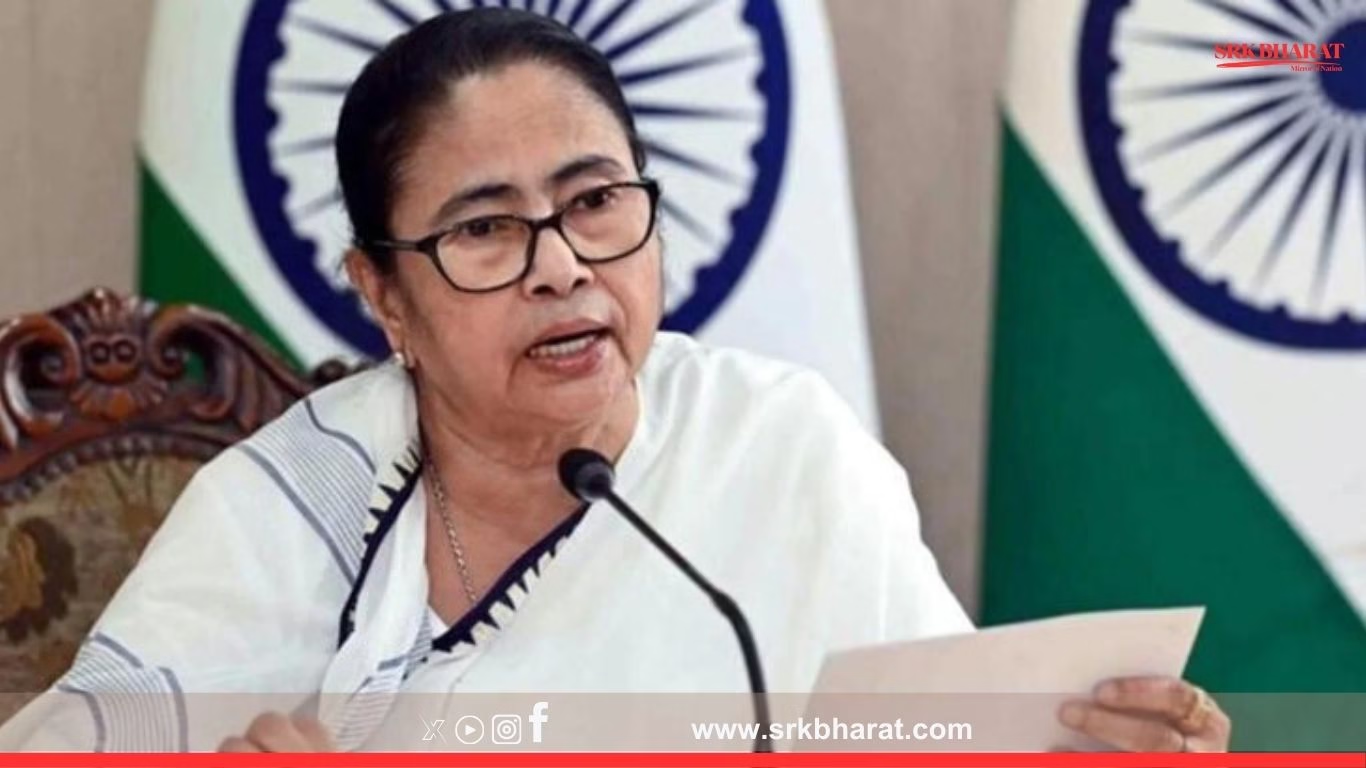In a landmark achievement for India’s semiconductor journey, Union Minister for Electronics and IT Ashwini Vaishnaw has announced that 20 indigenous student-designed semiconductor chips have been successfully taped out from the Semiconductor Laboratory (SCL) in Mohali. The development marks a significant step towards building a self-reliant chip design ecosystem, while empowering the next generation of Indian engineers to contribute to the global semiconductor supply chain.
A New Chapter in India’s Chip Design Story
The announcement comes at a time when India is pushing aggressively to become a global hub for semiconductor manufacturing and design. The 20 taped-out chips were conceptualized, designed, and developed entirely by Indian students from leading engineering institutes, demonstrating the country’s growing talent pool in VLSI (Very Large-Scale Integration) and EDA (Electronic Design Automation) technologies.
Taping out refers to the final stage in the chip design process before fabrication, where the complete design is sent for production. Successfully reaching this stage is a crucial milestone in semiconductor development.
Key Highlights of the Achievement
| Category | Details |
|---|---|
| Total Chips Taped Out | 20 |
| Developed By | Students from premier Indian institutes |
| Facility Used | Semiconductor Laboratory (SCL), Mohali |
| Technology Node | Multiple, ranging from mature to advanced nodes |
| Applications | IoT, AI, Communication, Power Management, Automotive |
| Objective | Strengthening indigenous chip design capability |
Minister’s Statement
Vaishnaw emphasized that the taping out of these chips reflects India’s growing semiconductor design capabilities, while also showing how academia and industry can collaborate to create real-world solutions.
“India has immense talent in chip design, and these 20 taped-out designs by students show our readiness to not only train but also produce world-class semiconductors,” the minister said.
He further added that the government’s Semicon India Program is ensuring that both infrastructure and policy support are in place to turn India into a major semiconductor powerhouse.
The Role of SCL Mohali
Semiconductor Laboratory (SCL) Mohali has been central to India’s semiconductor research and development for decades. It is one of the few facilities in the country capable of handling design-to-fabrication workflows.
For this initiative, SCL provided:
- Access to fabrication facilities for students’ designs
- Mentorship programs with semiconductor experts
- Testing and validation support to ensure quality and functionality
Impact on Academia and Industry
The success of this initiative signals a strong synergy between academic institutions and the semiconductor industry. Students not only got hands-on experience in cutting-edge chip design but also interacted with professionals to align their designs with real-world market requirements.
Possible Long-Term Benefits:
- Talent Pipeline: Creating a ready pool of highly skilled semiconductor designers for Indian and global companies.
- Reduced Import Dependency: Boosting local production of chips for strategic sectors.
- Innovation Culture: Encouraging students to design application-specific chips for emerging markets like AI, 5G, and EVs.
Applications of the Designed Chips
The 20 chips span a wide range of applications, reflecting the diversity of India’s design capabilities.
| Chip Category | Application Areas |
|---|---|
| IoT Sensors | Smart homes, agriculture, wearable devices |
| AI Accelerators | Machine learning, edge computing |
| Communication Chips | 5G/6G modems, satellite communication |
| Power Management ICs | Electric vehicles, renewable energy systems |
| Automotive Electronics | Advanced driver-assistance systems (ADAS), infotainment |
Government Push for Semiconductor Self-Reliance
The Semicon India Program launched in 2021 has been instrumental in boosting the semiconductor ecosystem. This initiative covers:
- $10 billion incentive package for semiconductor manufacturing
- Design-linked incentive (DLI) scheme to encourage local chip designs
- Collaboration with global technology leaders for knowledge sharing
The student chip-taping achievement fits into the DLI scheme, which supports design houses and academic institutions in developing IPs and prototypes.
International Context
With global semiconductor shortages still fresh in memory, countries worldwide are focusing on securing their supply chains. India’s foray into student-led chip design provides both an educational and strategic advantage, making it a key player in the global semiconductor race.
Expert Opinions
Industry experts believe this milestone has symbolic and practical importance.
- Rohit Sharma, Semiconductor Design Expert: “Reaching the tape-out stage is no small feat, especially for students. It means their designs are ready for fabrication, which takes technical precision and months of hard work.”
- Anjali Mehta, IoT Specialist: “If even a fraction of these chips make it to commercial production, it would prove India’s ability to develop indigenous solutions at scale.”
Next Steps for the Designed Chips
Post tape-out, the chips will undergo:
- Fabrication at SCL and partner foundries
- Packaging and testing for performance and reliability
- Pilot production runs for commercial and industrial trials
Successful prototypes could then move into full-scale production, serving domestic and export markets.
Statistical Overview of India’s Growing Chip Design Ecosystem
| Year | Indian Semiconductor Startups | Academic Projects Funded | Chips Taped Out |
|---|---|---|---|
| 2021 | 25 | 12 | 3 |
| 2022 | 40 | 28 | 7 |
| 2023 | 65 | 45 | 12 |
| 2024 | 90 | 72 | 20 |
The growth trajectory highlights the rapid acceleration in both industry participation and academic contributions.
A Boost for ‘Make in India’ and ‘Digital India’
The success at SCL Mohali ties directly into national missions like Make in India and Digital India, where homegrown technology plays a pivotal role in boosting GDP, creating jobs, and positioning India as a global innovation hub.
Conclusion
The taping out of 20 student-designed semiconductor chips at SCL Mohali marks not just a technological milestone, but also a powerful symbol of India’s capabilities in the global semiconductor space. With robust policy backing, skilled talent, and strategic infrastructure, India is steadily moving towards semiconductor self-reliance.
As Minister Ashwini Vaishnaw stated, “This is just the beginning. In the coming years, we aim to see hundreds of such designs from Indian students becoming part of the world’s technology landscape.”
Disclaimer: This news report is based on official statements, industry analysis, and publicly available information. It is intended solely for informational purposes and does not constitute investment or strategic advice.











